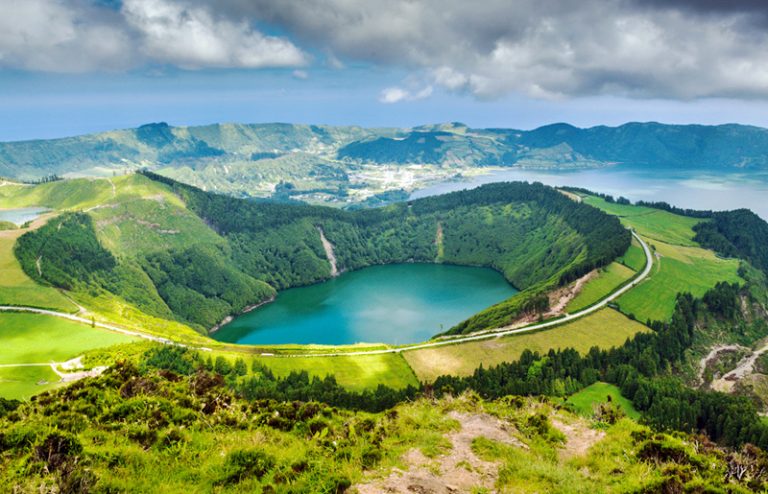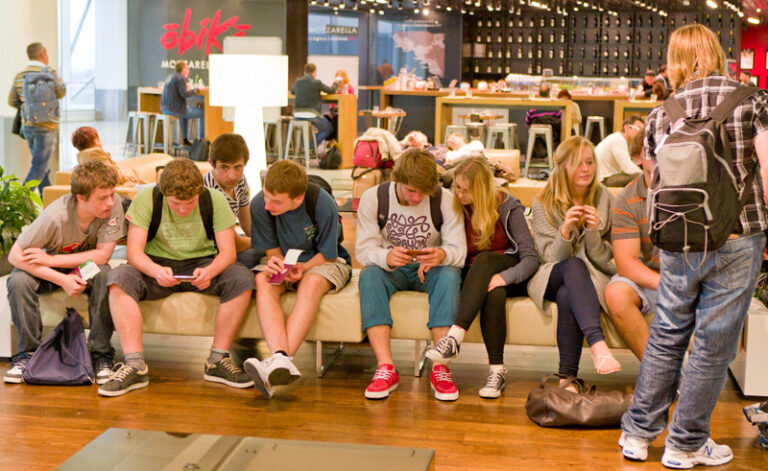The Best geography books for your classroom: 14 recommendations for primary and secondary students
Reading is a critical part of building knowledge in any school subject. But for geography students, books can help unlock new destinations, describe landscapes and decode facts. This is why geography books are essential to empowering students to become better geographers.
However, we teachers sometimes face a battle when trying to engage students in a book!
The following list shows the best geography books, recommended by teachers, to engage your students and build confidence in their skills.
Best geography books for primary students (KS1)
These are the best geography books for children from early years to Key Stage 1. At this learning stage, the geography curriculum aims to develop children’s understanding of:
- Continents and oceans
- The components of the UK,
- Physical characteristics and human geography of the UK compared to a non-European country
- The weather and how this varies across the planet
Here’s a list of the best geography books to support this…
Where the Forest Meets the Sea, Jeannie Baker
This book immerses children in the tropical rainforest and landmarks of Australia. The main themes are environmentalism, environmental change, and how humans are having an impact on habitats.
Why we recommend it:
- Considers environmentalism Introduces the concept of environmental change
- Introduces new places
- Stunning visuals that spark discussion
Best for:
Comparing a non-European location to the UK and learning about the environment and how it’s changing
Saving Tally: An Adventure into the Great Pacific Plastic Patch, Serena Lane Ferrari
The story follows a turtle and lobster exploring the ocean when they come across come dangers including plastic waste and ocean pollution. This is a great way to help young children understand environmental protection and the importance of looking after our oceans.
Why we recommend it:
- Introduces the dangers of plastic waste and ocean pollution and suggests solutions
- Encourages readers to be more environmentally friendly
Best for:
Introducing global connections and environmental studies
Mirror, Jeannie Baker
This innovative picture book follows the lives of two young boys, one from an urban family in Australia, the other from Morocco. The boys lives eventually become intertwined and perfectly highlights how we are all connected.
Why we recommend it:
- Shows contrast between different settlements
- Introduces new cultures which helps children develop and appreciation for others
Best for:
Considering diversity, culture and identity as well as urban change
The Bear in the Cave, Michael Rosen
The story follows a happy bear who lives quietly by the sea but is enticed by the sounds of the city and goes to visit. It highlights the contrast between habitats while also introducing the concept of feeling out of place and friendship.
Why we recommend it:
- Introduces urban and rural spaces
- Show contrasts between the characteristics of places
- Introduces the feeling of belonging and of needing friendship
Best for:
Showing local and regional differences within a country
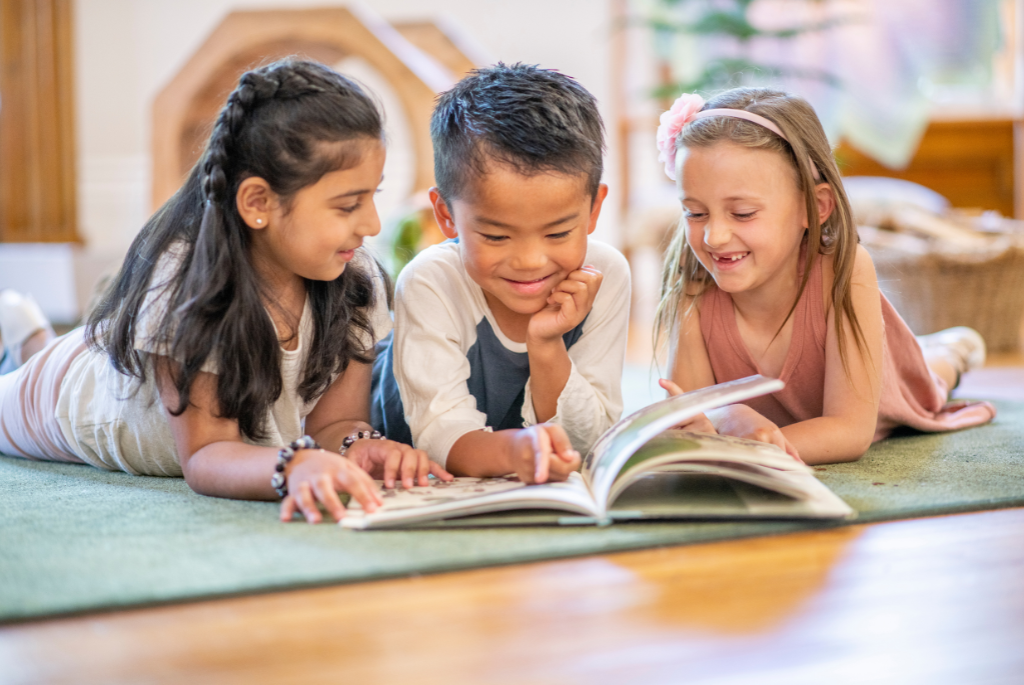
One World, Michael Foreman
Join a brother and sister who are spending the day on a beach by a rock pool as they create their own tiny marine world. This vibrant picture book introduces shells, sea life, and other under water friends!
Why we recommend it:
Introduces young children to different sea life
Encourages an appreciation for our oceans and protecting them
Best for:
Learning about the natural world
More of the best geography books for Infants
Best geography books for junior students (KS2)
During this learning stage, children are extending their knowledge beyond the local area to Europe and North and South America. Students are learning about key regions, physical and human characteristics, land use patterns, and how places change over time.
Their vocabulary is being broadened, using specialist language, including biomes, tropics, time zones, and economic trade. These are the best geography books to support this key stage and continue to build children’s curiosity:
This is How We Do It, Matt Lamothe
The story follows the lives of seven children from around the world, comparing their everyday lives including play, their homes, foods, cultures and routines.
Why we recommend it:
· Great for direct comparisons
· Introduces concepts of cultural differences and similarities
Best for:
Introducing new locations and comparing everyday experiences of the world
The Street Beneath my Feet, Charlotte Guillain
This fold-out book takes students on a journey beneath their feet, through the Earth’s layers. Along the way, it compares urban and rural locations.
Why we recommend it:
- Introduces concepts of geology
- Visualises the structure of the Earth
Best for:
Comparing rural and urban environments
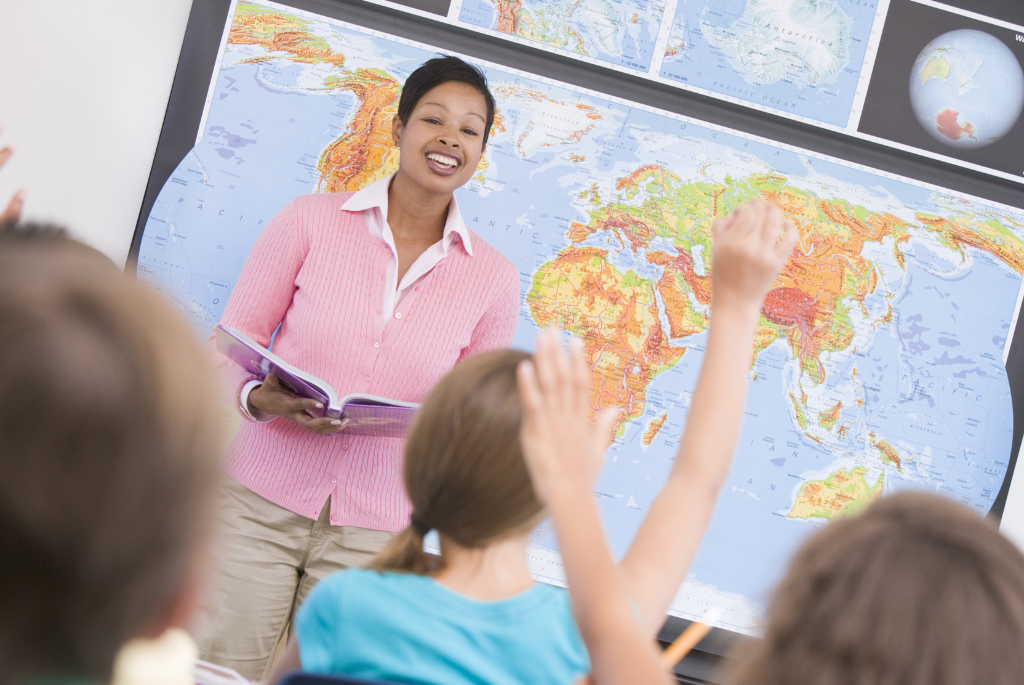
Girl on a Motorcycle, Amy Novesky
This book tells the true story of the first woman to ride a motorcycle around the world alone. Along the way, it introduces distant places and dramatic landscapes.
Why we recommend it:
- Shows global landscapes
- Celebrates resilience and promotes confidence
Best for:
Building an understanding of global variety and scale
More of the best geography books for Juniors:
- One Plastic Bag, Miranda Paul
- Here we are: notes for living on Planet Earth, Oliver Jeffers
- The Lost Book of Adventure, The Unknown Adventurer
- The Adventure Series, Willard Price
- Same Sun Here, Silas House and Neela Vaswani
Best geography books for KS3-4
The main purpose of studying geography for secondary school students is to inspire curiosity about the world and its people.
Students should gain knowledge of the world’s diversity of landscapes, processes, cultures, and how human activity influences Earth
Choosing the best geography books can not only support the curriculum, but also promote discussion and critical thinking.
Factfulness, Hans Rosling, Ola Rosling & Anna Rosling Ronnlund
No Geography department is complete without this text! Hans Rosling (of Gapminder) breaks down important global trends in a way that makes it accessible and engaging for students, considering population, education, poverty, etc.
Why we recommend it:
- Makes factual data accessible
- Develops an understanding of global trends
Best for:
Considering development data, comparing world statistics and regional differences
The Kindness of Strangers, Fearghal O’Nuallain
This book is a compilation of stories from travellers and adventurers across the world. It inspires travel while also considering how it changes you, and is full of positivity not fear.
Why we recommend it:
- Shares adventures from across the world
- Compares landscapes including hot deserts and rainforests
Best for:
Introducing locations and making comparisons between living in different locations
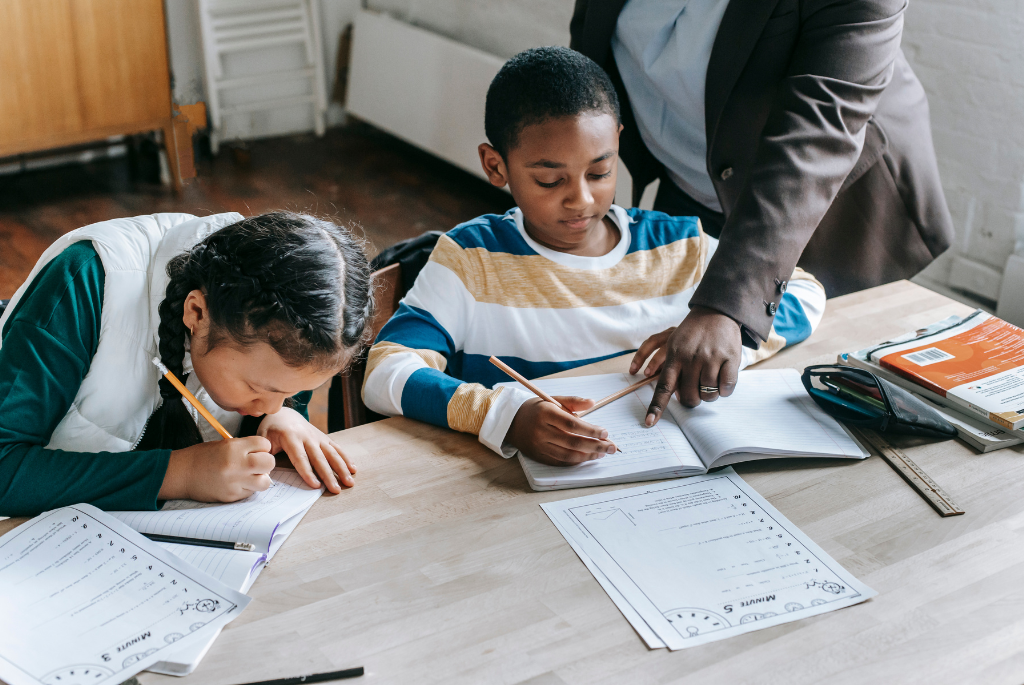
After the Quake, Haruki Murakami
The Kobe earthquake in Japan is a classic case study and this story follows different characters recovering from the devastation. The best bit? You don’t have to be studying Kobe for this to be useful.
Why we recommend it:
- Inspires empathy and understanding with survivors
- Brings personality and realism to an abstract case study location
Best for:
Describing the impacts of an earthquake and considering how people respond to disaster
The Boy Who Harnessed the Wind, William Kamkwamba
This book is a powerful exploration of life in Malawi. It shows the battle to survive through disease, drought and famine and the devastation of agricultural livelihoods being lost and how one boy went on to change his world by building his own windmill. It’s an incredible true story and soon will be a film!
Why we recommend it:
- Country study of life in Malawi, Africa
- Introduces concepts of resource reliance, energy, renewables, disease, and poverty
Best for:
Teaching about development ‘bottom-up’ strategies
Prisoners of Geography: Ten maps that tell you everything you need to know about global politics, Tim Marshall
Through ten maps, Seasoned journalist Tim Marshall looks at the past, present and future to give insight into how geography relates to political movement and how we are all essentially prisoners of geography.
This book explores examples like Ukraine, the Arctic, China and the USA to consider the role of superpowers and how geography influences world leaders. His other books, The Power of Geography and The Future of Geography are also some of the best geography books to understand world events.
Why we recommend it:
- Explores how geography influences national resources, political movements and decisions
- Explains how world history and geography are entwined
Best for:
Geopolitics and global interconnections and exploring how geography constrains countries.
Maphead: Charting the Wide, Weird World of Geography Wonks, Ken Jennings
Your students will be taken on a journey of an endless geographic checklist including visiting all 3,143 U.S. counties or all 936 UNESCO World Heritage Sites. Each chapter dives into different aspects of maps but also considers the ways in which cartography has shaped human history.
Why we recommend it:
- Explores different areas of map culture such as highpointing, geocaching and road atlas rallying
- Great at engaging children who may not be interested in geography books
Best for:
Helping interpret and understand maps
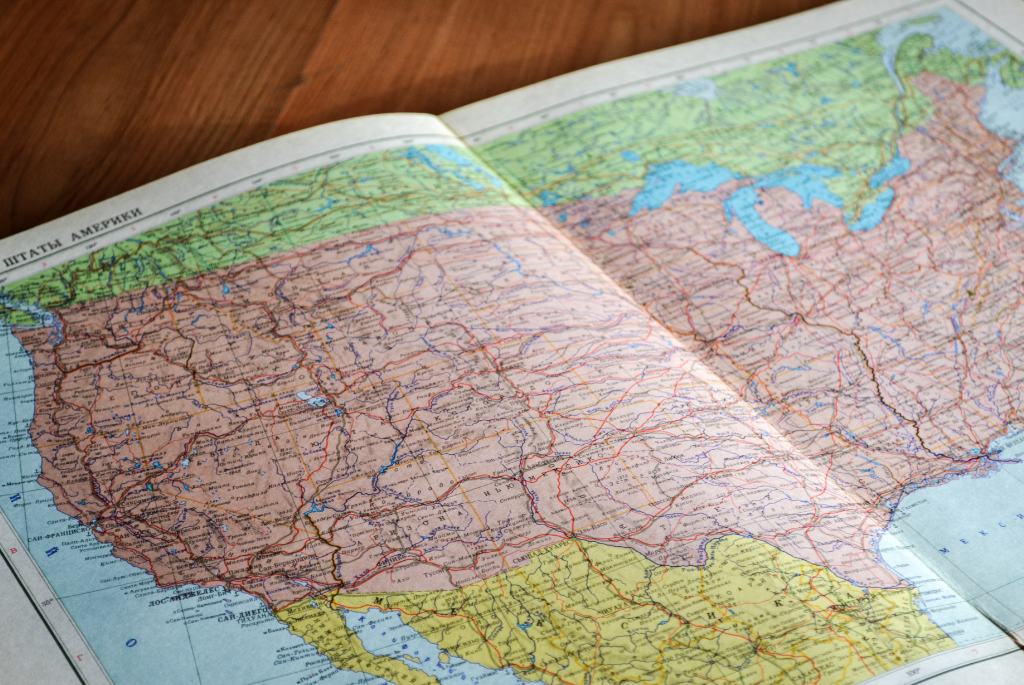
More of the best geography books for secondary students:
- I am Malala, Malala Yousafzai
- Ice & Fire Series, Michael Ridpath
- Running Wild, Michael Morpurgo
- The Kite Runner, Khaled Hosseini
- How did we get into this mess, George Monbiot
Alternatives to the best geography books
If you need suggestions for ways to introduce geographical experiences to students who find accessing text difficult, you could incorporate audio books or use extracts from films. Here are some of our favourite alternatives to the best geography books:
A Turtle’s Tale– Considers the ocean environment, plastic, pollution, human impacts
Over the Hedge– The impact of housing development on rural wildlife, urban planning, human societies
Happy Feet– Introduces the concepts of polar ecosystems, human impacts, captivity
Our Planet– This docuseries focuses on animal life and natural ecosystems
Before the Flood– Suitable for children aged 10 years+ to learn about climate change
Blue Planet– Teaches students about global biomes and ecosystems, climate change
Strange World– A subtle message about the solutions to climate change and human activity
The Lorax– Considers deforestation and habitat loss
FernGully: The Last Rainforest– Introduces the rainforest, deforestation and conservation
Wall-E– Great for introducing younger children to the concepts of plastics, waste, pollution and restoration
Choosing the best geography books for you
When deciding on the best geography books for your classroom, ask yourself these questions to help you pick the right one:
Should the book directly link to the curriculum or inspire general geographic curiosity?
Will all students be reading this text?
Is the book suitable for my students’ reading ability?
Are we reading this book aloud or is it for independent reading?
Do you want to read more about something you know, or learn something new?
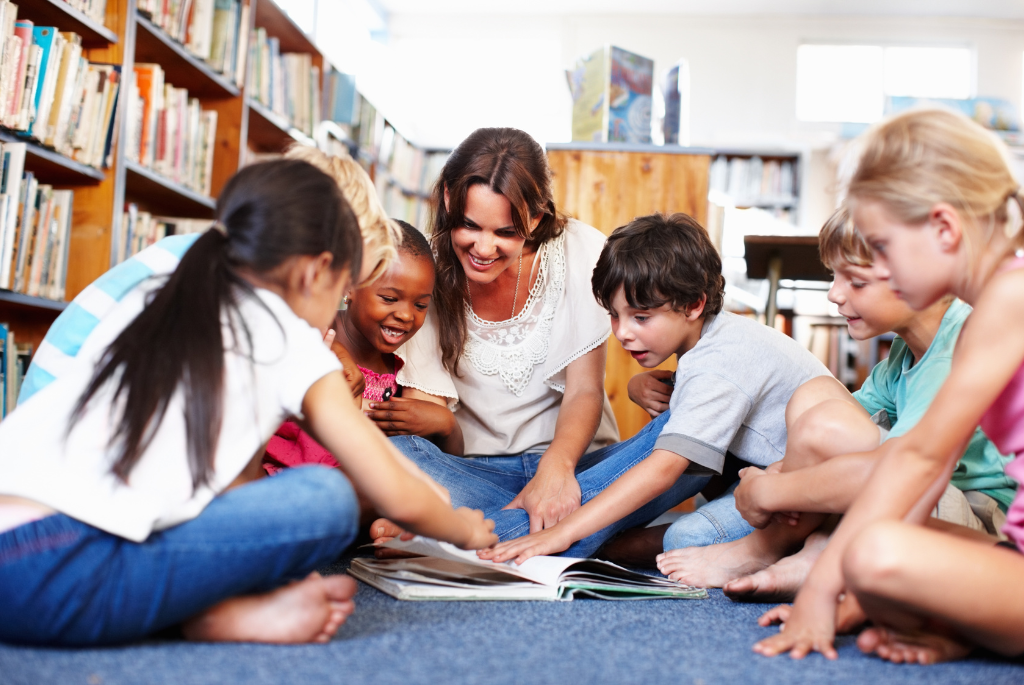
Geography is a diverse subject so the list of books is almost endless!
Whether you’re looking for physical characteristics or human landscapes, cultural experiences or geopolitics, there is something available. These suggestions are just a few of the recommendations teachers have shared with us, but we hope they inspire you to investigate more!
